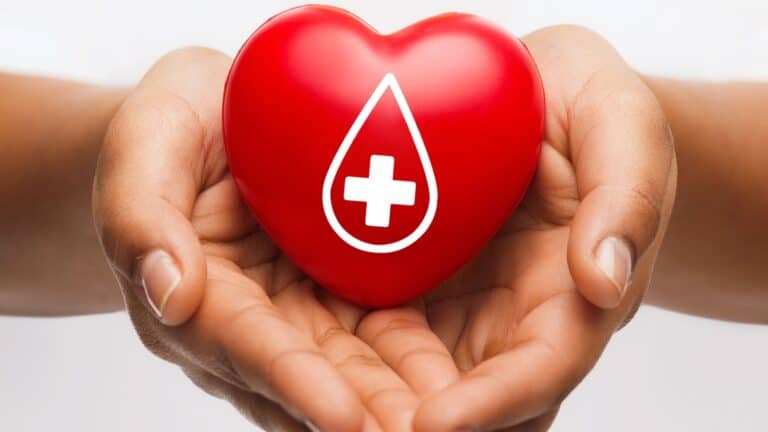Microplastics Pose Health Risks. Here’s How to Reduce Your Exposure at Home and Beyond
Microplastics, tiny plastic particles less than 5 millimeters in size, have become a widespread environmental and public health concern. These particles originate from the breakdown of larger plastic items, synthetic clothing fibers, and even personal care products. Once released into the environment, they make their way into oceans, rivers, soil, and ultimately, the food we eat, the water we drink, and even the air we breathe.
Recent research has raised red flags about the potential health risks associated with long-term microplastic exposure, including inflammation, hormone disruption, and possible impacts on the immune and digestive systems. As public awareness increases, so does the desire to take meaningful steps to reduce personal exposure.
Fortunately, there are practical, evidence-based strategies you can adopt to limit your contact with microplastics in your daily life, at home, in your kitchen, with your clothing choices, and beyond.
Rethink Your Water Consumption
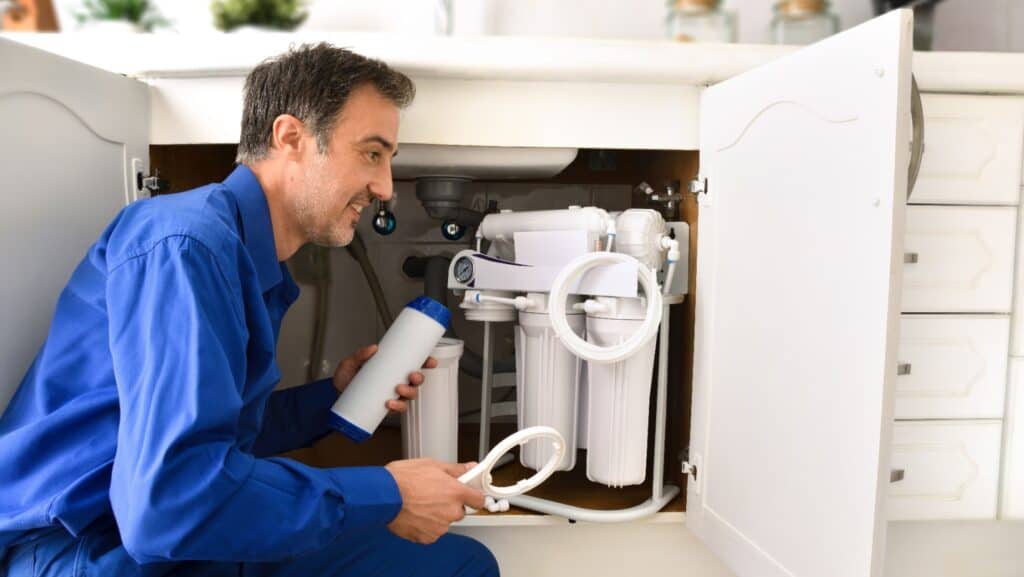
One of the primary sources of microplastic exposure is through drinking water. To reduce your intake:
- Drink filtered tap water instead of bottled water. Bottled water has been found to contain about double the microplastic level of tap water on average.
- Invest in a quality water filtration system. Carbon block filters and distillation filters are particularly effective at removing microplastics from water.
- Use a reusable water bottle made of stainless steel or glass when on the go, avoiding single-use plastic bottles.
Modify Your Food Habits
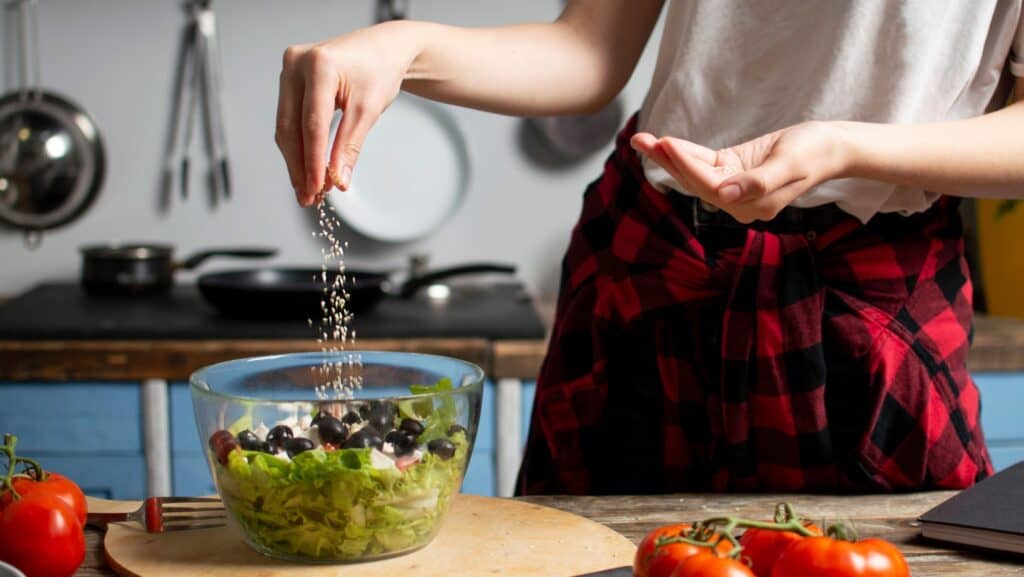
Microplastics can also enter our bodies through the food we consume. To minimize this:
Limit seafood consumption, as marine life often accumulates microplastics. When eating seafood, remove the skin and organs of fish before consumption, as microplastics tend to accumulate in these parts.
- Choose non-plastic food storage containers. Opt for glass, stainless steel, or ceramic containers to store food and beverages.
- Avoid heating food in plastic containers, especially in the microwave. Heat can accelerate the release of microplastics into food.
- If you use sea salt, consider switching to salt harvested from other sources, as sea salt has been found to contain microplastics.
How Does Heating Plastic Increase Microplastic Exposure?

Heating plastic significantly accelerates the release of microplastics and harmful chemicals into food and beverages, dramatically increasing exposure. This process occurs through several mechanisms:
- Increased particle shedding: When plastic containers are heated, they release millions of microplastic particles within minutes. For example, microwaving food in plastic containers can result in the release of over 4 million microplastic particles in just three minutes.
- Accelerated chemical migration: Heat speeds up the process of chemical additives leaching from plastic into food and drinks. This includes endocrine-disrupting chemicals (EDCs) like BPA and phthalates, which can interfere with hormonal signals in the body.
- Temperature-dependent release: Higher temperatures lead to greater microplastic and chemical release. For instance, when baby bottles were heated to 158°F (70°C), they released between 1 million to 16 million particles per liter.
- Oxidation acceleration: Heat accelerates the oxidation of plastics, causing them to break down and release microplastics faster. This is particularly concerning for hot beverages in plastic-lined paper cups.
- Increased BPA exposure: Heating plastic containers can elevate BPA exposure by as much as 55 times compared to room temperature conditions.
The Types of Plastic Count

The types of plastic products particularly susceptible to heat-induced microplastic release include:
- Microwaveable food containers
- Baby bottles
- Disposable coffee cups with plastic linings
- Water bottles exposed to heat (e.g., left in hot cars)
Ways To Minimize Exposure

To minimize exposure to microplastics and associated chemicals when heating food or beverages:
- Use glass, ceramic, or stainless steel containers for microwaving and storing hot foods.
- Avoid microwaving popcorn in bags, as they are a significant source of PFAS (“forever chemicals”).
- Choose glass or stainless steel water bottles instead of plastic ones4.
- Opt for ceramic mugs or glass containers for hot beverages instead of disposable cups with plastic linings.
By being mindful of how we heat and store our food and drinks, we can significantly reduce our exposure to microplastics and potentially harmful chemicals that leach from heated plastic containers.
Improve Your Home Environment

Your home can be a significant source of microplastic exposure. To create a cleaner living space:
- Vacuum and dust regularly. Microplastics can be found in household dust, so frequent cleaning can prevent their accumulation and inhalation.
- Use a vacuum cleaner with a HEPA filter, which is best for trapping dust particles.
- Consider using air filters or purifiers that specifically capture microplastics to further reduce airborne exposure.
- Opt for hard flooring over carpeting, when possible, as carpets release more microplastics into the air.
Revamp Your Laundry Routine

Synthetic fabrics are a major source of microplastic pollution. To minimize this:
- Wash clothes less frequently. The more often you wash, the more microplastics are released.
- Use cold water for washing, as it’s less abrasive and can reduce microplastic shedding.
- Wash full loads to reduce friction between clothes.
- Avoid the delicate wash setting, which uses more water and can increase microplastic shedding.
- Use liquid detergents instead of powder, as they are less abrasive.
- If machine-drying, use a lint filter to trap microplastics.
- Consider using a microfiber laundry bag to capture microplastics during washing.
Choose Your Clothing Wisely
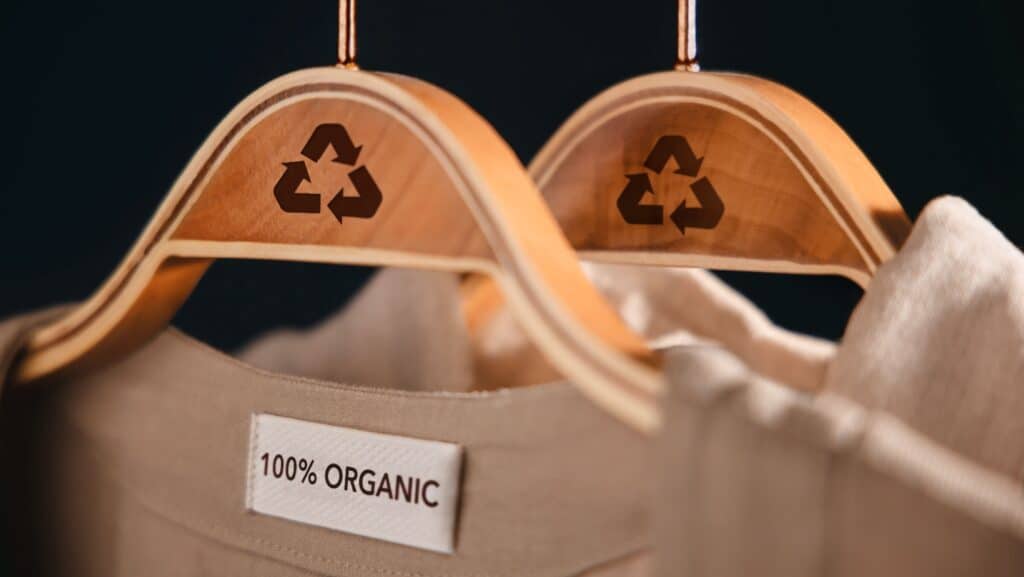
The clothes we wear can be a significant source of microplastic pollution:
- Opt for clothing made from natural fibers like cotton, wool, silk, and hemp instead of synthetic materials like polyester and nylon.
- When purchasing new clothes, look for organic options or those made from sustainable materials.
- Be mindful that even natural fibers can produce microfibers, but these tend to be larger and less problematic than synthetic microfibers.
Reduce Single-Use Plastics

Minimizing your overall plastic use can significantly reduce your microplastic exposure:
- Use reusable shopping bags instead of disposable plastic bags.
- Choose products with minimal packaging or those packaged in non-plastic materials.
- Opt for reusable items like bamboo utensils, metal straws, and cloth napkins instead of their disposable plastic counterparts.
Be Mindful of Personal Care Products

Some personal care products can be sources of microplastics:
- Check ingredient lists on personal care products and avoid those containing microbeads or other plastic particles.
- Choose natural alternatives for exfoliating scrubs, such as those made with sugar or salt instead of plastic microbeads.
- Consider making your own personal care products using natural ingredients to avoid hidden plastics in commercial products.
Consider Your Transportation Choices

Surprisingly, your mode of transportation can impact microplastic pollution:
- When possible, opt for public transportation, walking, or cycling instead of driving. This can reduce tire erosion, which is a significant source of microplastic pollution.
- If you must drive, maintain proper tire pressure and alignment to minimize tire wear and microplastic release.
Support Sustainable Practices
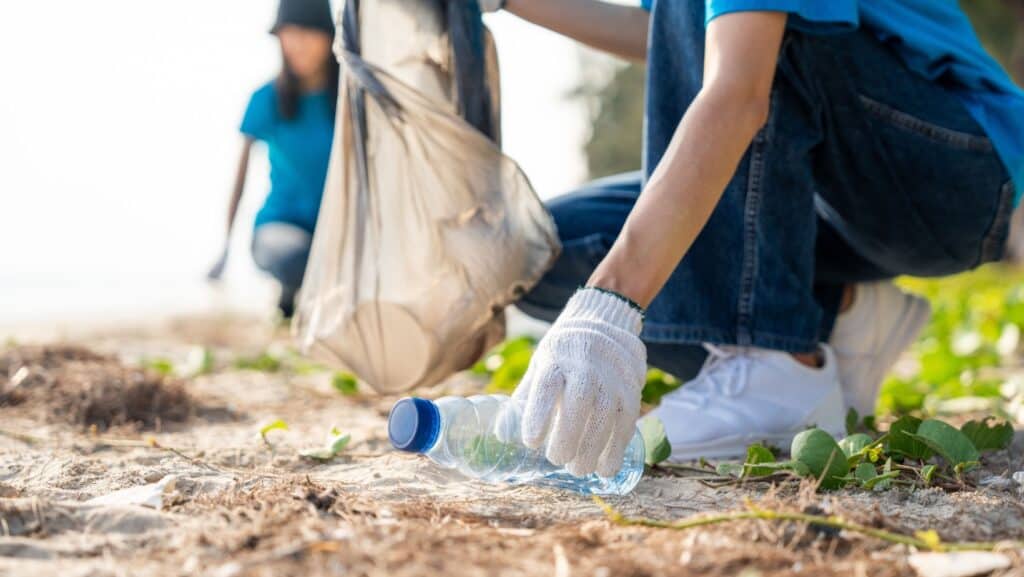
Beyond personal actions, supporting broader initiatives can help reduce microplastic pollution:
- Advocate for policies that promote plastic waste reduction and recycling in your community.
- Support businesses and brands that prioritize sustainable packaging and production methods.
- Participate in local clean-up efforts to remove plastic waste from the environment before it breaks down into microplastics.
Educate Yourself and Others
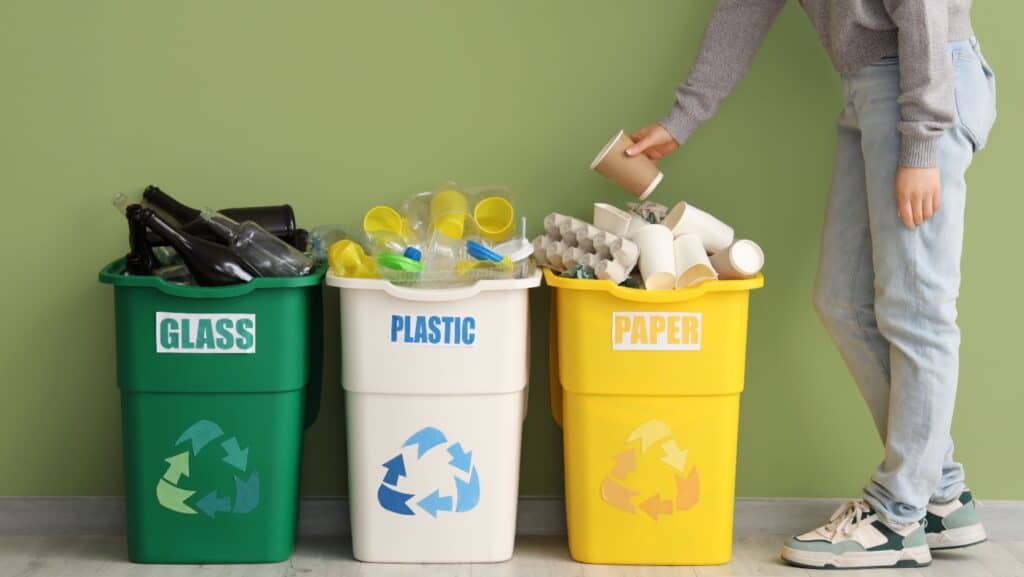
Staying informed about microplastics and sharing knowledge can lead to wider change:
- Keep up with the latest research on microplastics and their health effects.
- Share information about reducing microplastic exposure with friends and family.
- Teach children about the importance of reducing plastic use and proper recycling practices.
While it’s nearly impossible to completely eliminate microplastic exposure in modern life, these strategies can significantly reduce your contact with these pervasive particles. By making conscious choices in our daily routines, from the water we drink to the clothes we wear, we can minimize our personal microplastic footprint and contribute to a healthier environment for all.
Conclusion

It’s important to note that while reducing microplastic exposure is a prudent precaution, the scientific consensus on the health impacts of everyday microplastic exposure is still evolving. A scientific review of many microplastic studies found that there is currently no consistent evidence showing that non-extreme exposure to microplastics worsens human health. However, given the ubiquity of microplastics in our environment, taking steps to reduce exposure is a reasonable approach as research continues.
By implementing these strategies, we can take proactive steps to minimize our exposure to microplastics while also contributing to the broader effort to reduce plastic pollution in our environment. Every small action adds up, and by working together, we can create a cleaner, healthier world for current and future generations.
0 Everyday Foods That Can Spike Your Blood Sugar Without You Realizing

When we think of foods that raise blood sugar, we often picture desserts, soda, or candy. But the truth is, many common foods—even some labeled “healthy”—can cause unexpected spikes. Whether you’re managing diabetes, watching your energy levels, or just trying to eat more mindfully, it’s helpful to know which everyday items can throw your blood sugar out of balance. Here are 10 surprising culprits that might be hiding in your daily routine.
READ: 10 Everyday Foods That Can Spike Your Blood Sugar Without You Realizing
Join Us

Join us on this empowering journey as we explore, celebrate, and elevate “her story.” The Queen Zone is not just a platform; it’s a community where women from all walks of life can come together, share their experiences, and inspire one another. Welcome to a space where the female experience takes center stage. Sign up for our newsletter so you don’t miss a thing, Queen!




